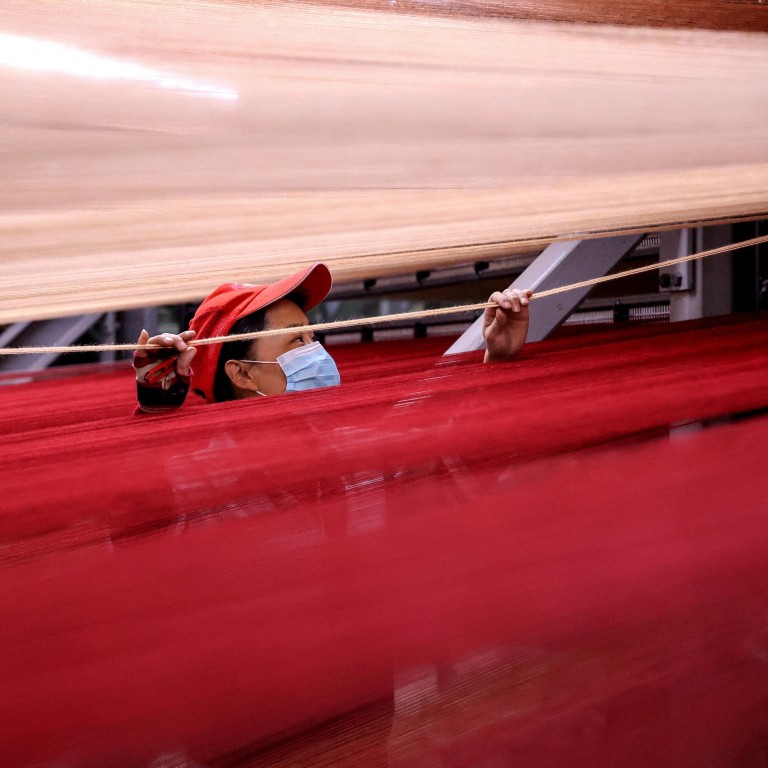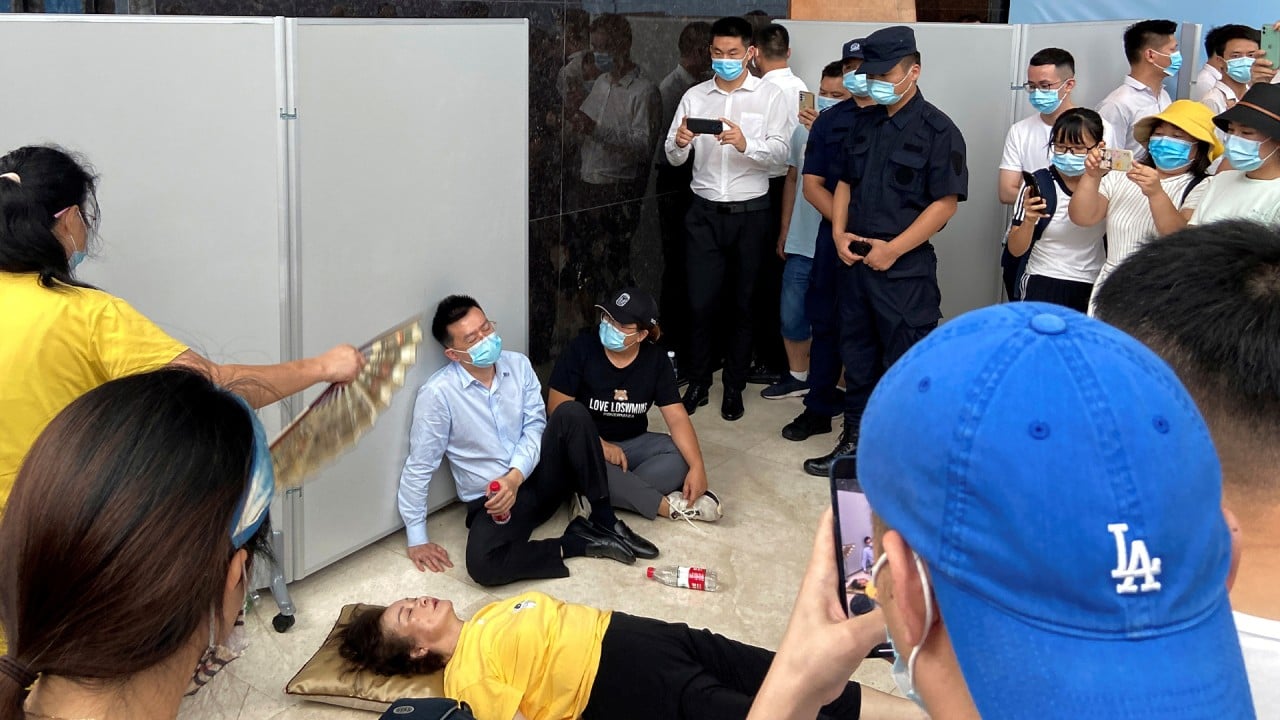
Slowing growth an opportunity for China to address core issues
- How leaders respond to these challenges is critical to achievement of President Xi Jinping’s goal of common prosperity
So closely watched is China’s economic growth that a single quarterly statistic that does not meet expectations prompts analysts to read a lot into it. The latest figure, for example, is seen as stoking the fear of stagflation, or slow growth amid high inflation and unemployment. To restore stable growth, the real challenge for policymakers lies in tackling fundamental structural issues that remain unaddressed.
China’s gross domestic product for the three months ended September grew by 4.9 per cent, failing modest market expectations of 5 per cent and well under the post-pandemic rebounds in the previous two quarters of 18.3 per cent and 7.9 per cent, respectively.
China stocks slip amid looming stagflation as producer inflation soars
Industrial production disappointed with 3.1 per cent growth last month, compared with a 5.3 per cent rise in August. Better-than-expected retail sales growth at 4.4 per cent last month were a silver lining.
Several factors are to blame. Domestic consumption remains weak, contrary to expectations it will shoulder a greater share of growth. Exports sustained their rebound, but face an uncertain global environment.
Weak consumption reflected a power crisis, outbreaks of Covid-19, disasters such as floods and regulatory crackdowns on certain growth sectors.
Adding to woes are rising prices of raw materials. As a result, GDP on paper looked to be slowing down.
Property investment, a growth driver in previous quarters, has slowed dramatically because of central government policies and uncertainty created by the property giant Evergrande’s debt saga.

02:28
Angry protest at headquarters of China Evergrande as property giant faces liquidity crunch
That said, the latest quarterly growth number is not cause for panic. But factors such as property prices and Evergrande raise the issue of economic restructuring. The government should seize this moment to redouble efforts to address it.
Evergrande’s debt to banks is apparently manageable. Assuming buyers get their properties, the impact on the economy and the public may also be manageable.
Rising commodity prices underline China’s need to reduce reliance on an export-oriented economy. Some of last quarter’s slowing growth reflects policy realignments, such as the crackdowns on the gaming and education sectors.
Economists debate risk of stagflation in China after controversial warning
These measures may be understandable in terms of financial management. But policy implementation is sometimes too simplistic and even crude, resulting in misalignment and a disruptive effect on the economy.
Implementation warrants more careful consideration.
The fundamental issues that remain to be addressed if China is to achieve stable, resilient growth in the long term include the slowing of population growth, the need to stimulate domestic consumption and consumer confidence, how to give people a sense of security and resolving the gap between the high-income group and people basically in need.
How leaders respond to these challenges is critical to achievement of President Xi Jinping’s goal of common prosperity.

